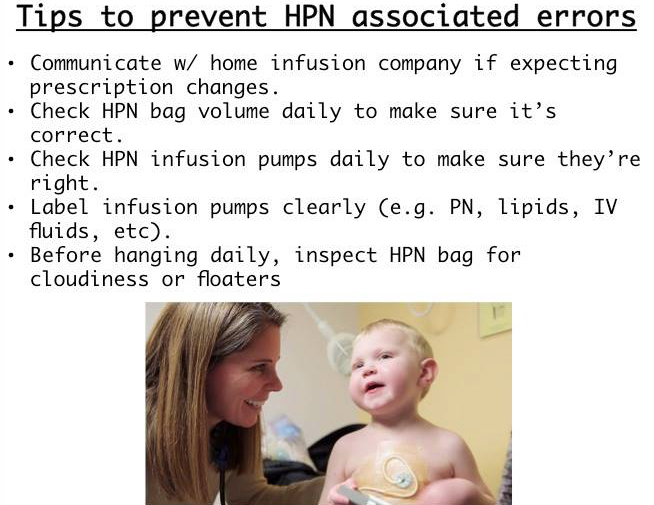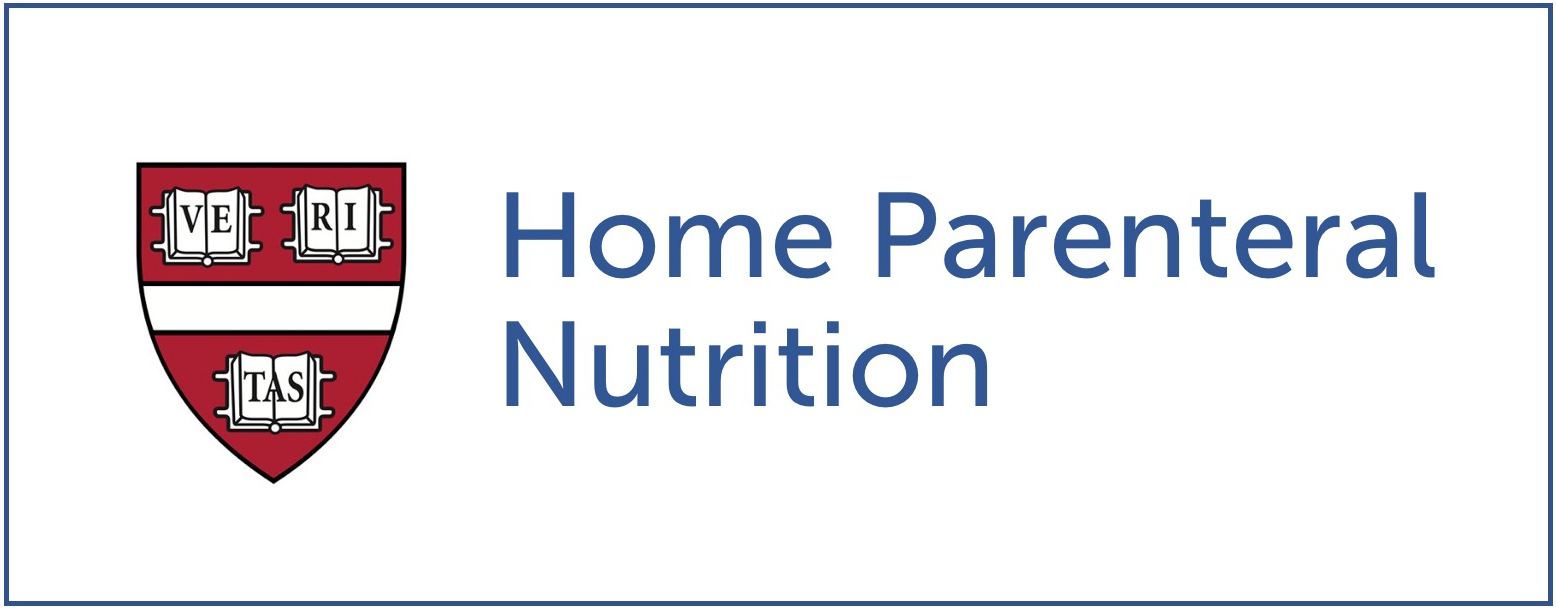
One in 10 hospitalized children are impacted by medication error.
- As many as 35% of these errors are serious or life-threatening.
- Less is known how common medical errors are in ambulatory patients where fewer preventive strategies are in place.
Takata GS, Mason W, Taketomo C, Logsdon T, Sharek PJ. Development, testing, and findings of a pediatric-focused trigger tool to identify medication-related harm in US children's hospitals. Pediatrics. 2008 Apr;121(4):e927-35. doi: 10.1542/peds.2007-1779. PubMed PMID: 18381521.
Takata GS, Taketomo CK, Waite S; California Pediatric Patient Safety Initiative. Characteristics of medication errors and adverse drug events in hospitals participating in the California Pediatric Patient Safety Initiative. Am J Health Syst Pharm. 2008 Nov 1;65(21):2036-44. doi: 10.2146/ajhp070557. PubMed PMID: 18945863.
Tham E, Calmes HM, Poppy A, Eliades AB, Schlafly SM, Namtu KC, Smith DM, Vitaska MC, McConnell C, Potts AL, Jastrzembski J, Logsdon TR, Hall M, Takata GS. Sustaining and spreading the reduction of adverse drug events in a multicenter collaborative. Pediatrics. 2011 Aug;128(2):e438-45. doi: 10.1542/peds.2010-3772. Epub 2011 Jul 4. PubMed PMID: 21727100.

3-in-1 PN solution
- Risk of catheter occlusions
- use ethanol to clear
- For optimal stability (per A.S.P.E.N. /USP guidelines):
- Dextrose ≥10%
- Amino acids ≥4%, (link to amino acid comparison chart)
- Travasol
- Aminosyn II
- Clinisol
- Prosol,
- FreeAmine
- Amino Acids DO NOT USE:
- TrophAmine
- Aminosyn PF
- Premasol
- Aminosyn Original
- Do not add cysteine
- Lipids ≥ 2% (Intralipid and SMOF, not Omegaven)
- Total (Ca + Mg)
- Total (Na + K)
- Use dual chamber bags
- Stability/expiration rules for single bag TNA apply to dual chamber bags (i.e., PN made in a dual chamber bag should never be considered as 2-in-1 when considering compatibility limitations)
Click here for related Clinical Vignette
SOCIAL MEDIA
From Home Parenteral Nutrition at Boston Children's Hospital Facebook Program Group May 8, 2017
"Bad news: Medical errors are now the 3rd leading cause of death in US. Good news: Here’s a list of things you can do to prevent HPN associated errors. As the HPN pharmacist, I'm available to review pharmacy issues. Happy to set up time to talk in person or via telemedicine."

Anion Balance (Cl/CO2)

- Cl requirement 2-3 meq/kg/day
- Check serum Cl and CO2 as well as urine pH
- Try to always add chloride to PN to avoid development of metabolic alkalosis and subsequent hypokalemia
1meq of NaCl or KCl = 1 mEq of chloride; 1 mEq of Na acetate or K acetate = 1 mEq of acetate
chloride and acetate from amino acid varies by amount and type of Amino Acid used (refer to chart)
- Step #1 Total chloride = chloride from NaCl + chloride from KCl + chloride from Amino acids
- Step #2 Total acetate = acetate from Na acetate + acetate from K acetate + acetate from amino acids
- Step #3 Total chloride +Total Acetate = Total Anion amount
- Step #4 Total Chloride/Total Anion amount x 100 = % chloride
Murphy MK, Gura KM, Tascione C, Carey AN, Duggan CP, Raphael BP. Home Parenteral Nutrition and Intravenous Fluid Errors Discovered Through Novel Clinical Practice of Reconciling Compounding Records: A Case Series. Nutr Clin Pract. 2017 Dec;32(6):820-825. doi: 10.1177/0884533617722759. Epub 2017 Aug 29. PubMed PMID: 28850287.
Raphael BP, Murphy M, Gura KM, Litman H, Dalton MK, Finkelstein JA, Lightdale JR. Discrepancies Between Prescribed and Actual Pediatric Home Parenteral Nutrition Solutions. Nutr Clin Pract. 2016 Oct;31(5):654-8. doi: 10.1177/0884533616639410. Epub 2016 Apr 18. PubMed PMID: 27091745.
